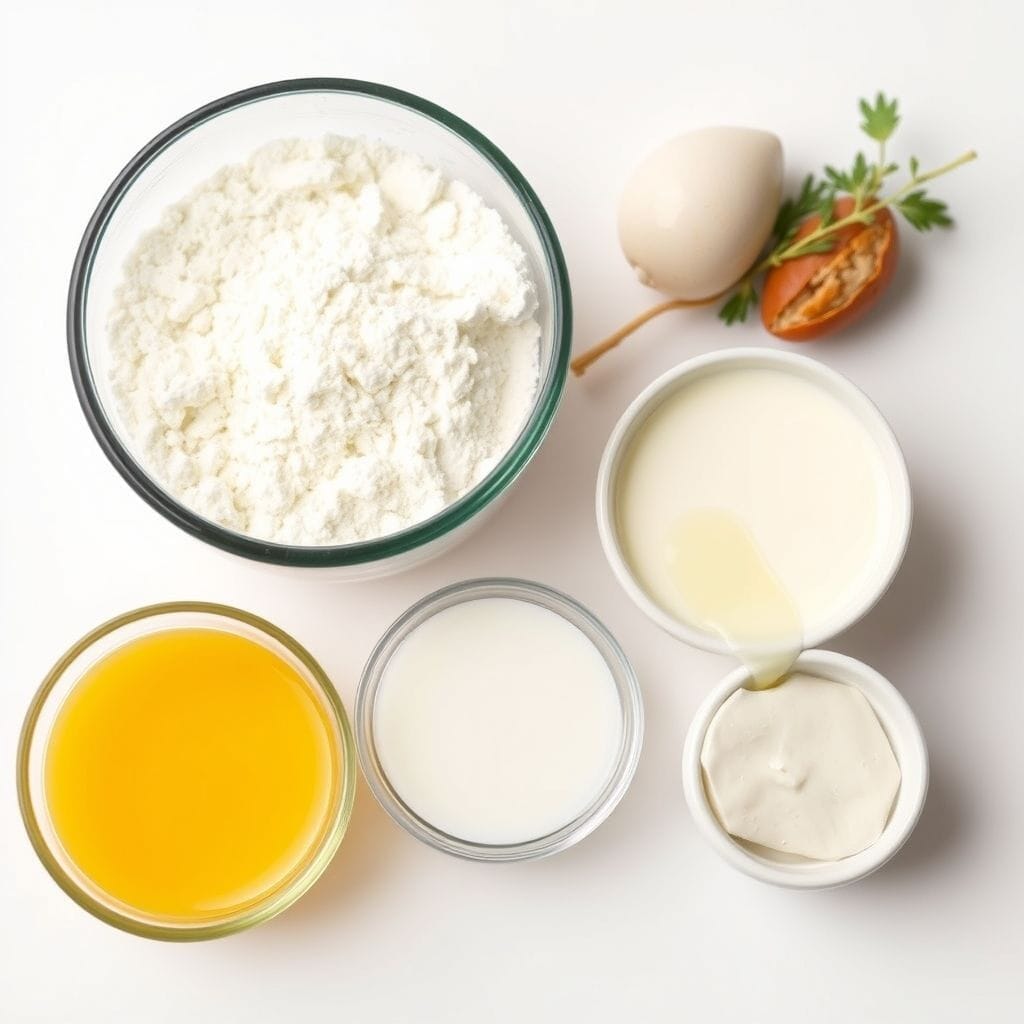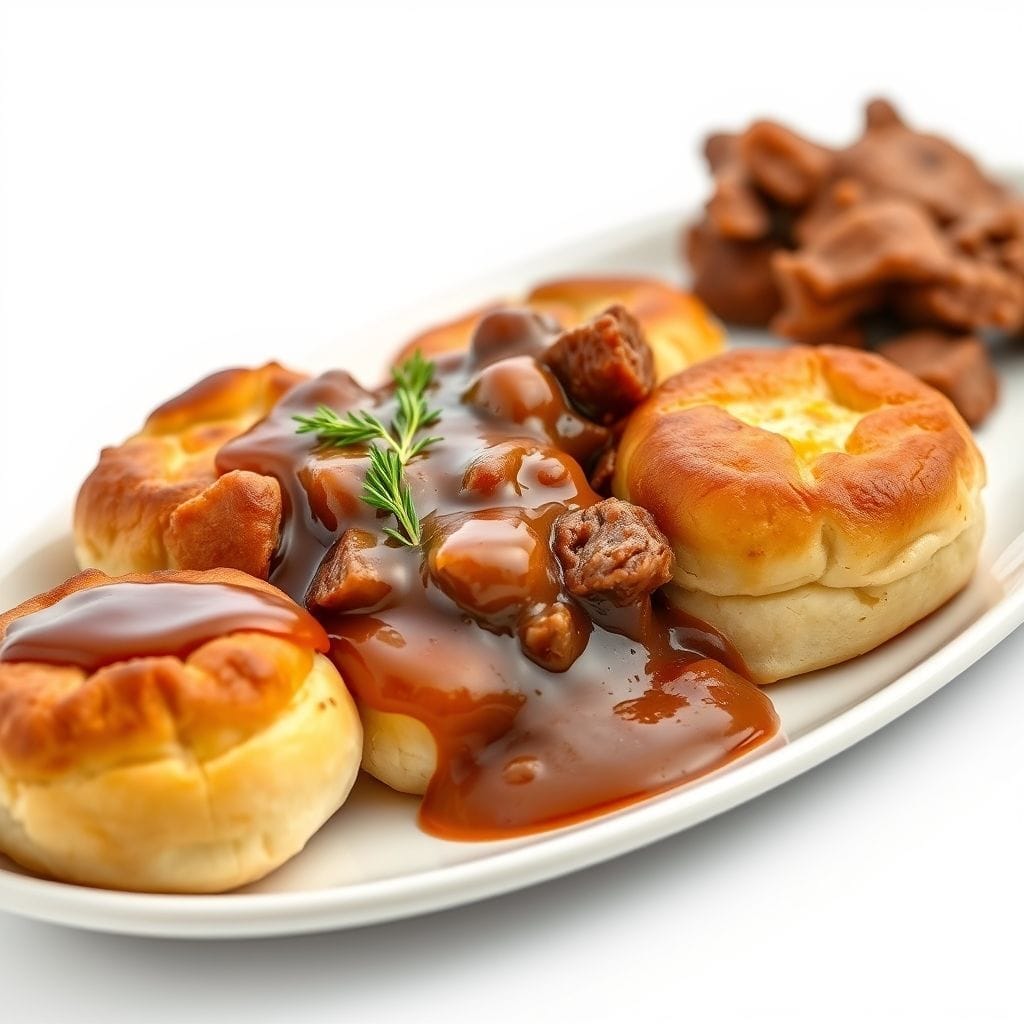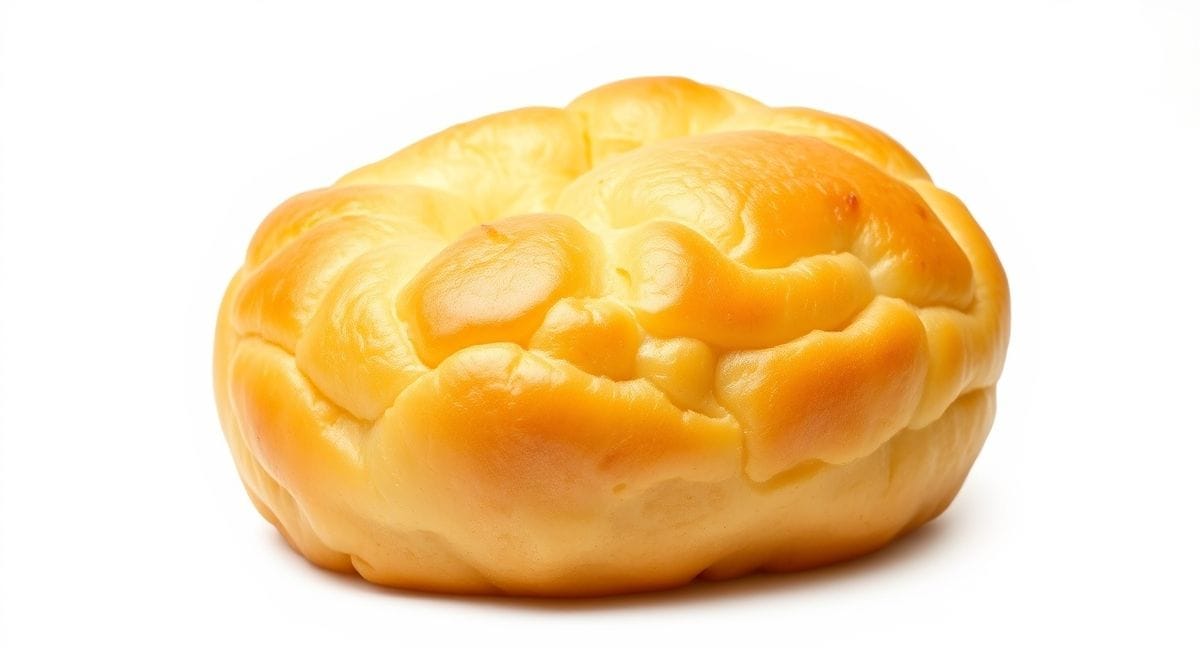Table of Contents
Wondering how to get Yorkshire pudding to rise height, golden, and irresistibly fluffy—every single time? The secret is a fiercely HOT oven, sizzling hot fat, and a light, airy batter. Whether you’re new to homemade Yorkshire puddings or searching for the best Yorkshire pudding recipe that guarantees towering results, you’re in the right place. Let’s make your Sunday roast unforgettable!
What Makes a Yorkshire Pudding “the Best”?
For many of us, the perfect Yorkshire pudding is the unsung hero of a Sunday roast—those golden crowns with crisp, crunching edges, puffed up like an edible balloon, cradling pools of gravy inside their fluffy centers. But how do you transform four humble ingredients into the best Yorkshire pudding you’ve ever tasted?
It all comes down to science, technique, and a few well-guarded secrets. Maybe you’ve had a few flops—flat, chewy, or stodgy puddings. Or maybe you’re seeking a foolproof method for easy Yorkshire pudding that’s also utterly authentic. Today, I’ll guide you from batter basics to oven triumph, answering all your questions and sharing the “whys” behind every step.
Essential Ingredients for Traditional Yorkshire Pudding
Classic traditional Yorkshire pudding doesn’t call for anything fancy—just four kitchen staples. But every detail, from flour choice to fat selection, will shape your result.
- Flour: Plain (all-purpose) flour is essential. Self-raising will ruin the structure. If you want extra “chew,” try bread flour.
- Eggs: The *heart* of fluffiness. Fresh, large, and free-range for best flavor and rise.
- Milk: Whole milk gives richness, but semi-skimmed works well too. A half-and-half milk/water mix delivers a lighter pudding.
- Salt: Don’t skimp—Yorkshire puds are bland without it!
- Fat: Beef dripping is traditional (and tastiest!), but you can use vegetable oil or even lard. Never use butter—it burns fast and won’t get as hot.
Proportion Matters! For best results, use equal weights (in grams) of flour, eggs, and milk. This classic ratio creates perfect batter consistency.

Step-by-Step: Easy Yorkshire Pudding Recipe
Let’s walk through my absolute favorite—and most reliable—homemade Yorkshire pudding recipe. This is the same technique I use every Sunday, and it never lets me down!
Ingredients (for 12 standard muffin-sized Yorkshire puddings)
- 140g (1 cup) plain flour (all-purpose)
- 4 large eggs
- 200ml (about 3/4 cup plus 1 tbsp) milk (full-fat preferred)
- 1/2 tsp fine sea salt
- 4–5 tbsp beef dripping, lard, or vegetable oil
Instructions
- Prepare Your Equipment:
- Preheat your oven to 230°C (450°F), or as hot as it goes. If using a fan oven, lower to 210°C (410°F). Place a 12-cup muffin tin (or popover pan) on a baking sheet, into the oven to heat up. The tin itself MUST get scorching hot—this is absolutely crucial for Yorkshire puddings that reach sky-scraping heights.
- Make the Batter:
- Tip the flour and salt into a mixing bowl.
- Crack the eggs into the center and start whisking gently, drawing in the flour from around the edges.
- Pour in half the milk as you whisk, mixing to a smooth, thick batter. Add the rest of the milk, then whisk again. The final mixture should be the consistency of double cream—pourable but not watery!
- Don’t over-whisk! A few lumps are fine; rest is more important (see next step).
- Rest the Batter:
- Cover the bowl and leave at room temperature for at least 30 minutes, up to an hour (even overnight in the fridge if you want deep flavor).
- This “rest” allows the flour to fully hydrate and the gluten to relax—a key for great texture and foolproof rise.
- Get the Fat Smoking Hot:
- Carefully remove the hot muffin tin from the oven. Immediately add about 1 tsp of fat/oil to each hole—don’t skimp! Return the tin to the oven for 5 more minutes, until the fat is shimmering and just starting to smoke.
- Fill and Bake:
- Quickly (and carefully) pour the batter into the sizzling fat—each cup should be about 1/2 to 2/3 full. You should hear a sizzle as the batter hits the hot fat—that’s what puffs up the pudding!
- Return the tin immediately to the oven. Do not open the oven door for the first 18 minutes.
- Bake for 20–25 minutes, until the Yorkshire puddings have ballooned up golden brown with crisp edges and soft, fluffy centers.
- Serve Immediately:
- Remove from tin, and eat hot, ideally within minutes. They’re at their very best fresh from the oven!
Baker’s Note: For extra large, super crispy Yorkshire puddings, use a deep muffin or popover tin and divide the batter between just 6 holes. Bake a few extra minutes until towering and deep gold.
Secrets, Tips, and Troubleshooting: Creating Homemade Yorkshire Puds That Rise
Even seasoned cooks stumble with Yorkshire pudding. If yours have ever turned out dense or flat, don’t worry—I’ve collected all the best tips (and why they work).
- Preheat EVERYTHING: Not just the oven, but your muffin/popover tin AND the fat inside. The shock of hot fat “sets” the bottom and gives you that glorious lift.
- Use Weights for Consistency: Weigh your flour, eggs, & milk for perfect ratios every time. Kitchen scales change everything!
- Resting the Batter: At least 30 minutes is essential for tender, puffy Yorkshire pudding. Overnight resting yields deeper flavor.
- Don’t Overmix: Whisk until just combined. Overmixing toughens your puddings.
- Oven Door Discipline: Never open the oven door until your puddings are tall and golden—heat loss deflates them instantly.
- Fill the Cups Properly: If the holes are underfilled, you’ll get squat puddings. Too full, and they’ll overflow and collapse.
- Type of Fat: Beef dripping or lard delivers max flavor and crunch. Vegetable oil is fine for vegetarians, but skip olive oil or butter—they burn.
- Soft or Crunchy? For crispier puds, use less milk (or half water, half milk). For softer centers, go all milk.
- Rescue Plan for Flat Yorkshire Puddings:
- Was your oven hot enough?
- Was the fat smoking?
- Did you rest the batter?
- Was your ratio off? (Try weighing ingredients next time!)
Yorkshire Pudding Science: The super-hot fat causes the water in the cold batter to evaporate quickly. This forms steam, which lifts the batter sky-high before it sets, giving you those classic puffy crowns.
Classic Variations & Fun Twists
- Giant Yorkshire Pudding “Bowl” – Bake all the batter in a large baking dish for a showpiece “boat” perfect for serving stew or filled with roast beef and gravy.
- Herbed Yorkshire pudding: Mix finely chopped rosemary, thyme, or chives into the batter right before baking for an aromatic upgrade.
- Cheesy Yorkshires: Scatter a tablespoon of strong cheddar into the batter once in the tin for crisp, savory cheese crusts.
- Mini Party Puds: Use a mini muffin tin for bite-sized canapés—topped with smoked salmon or horseradish cream!
- Gluten-Free Yorkshire Pudding: Substitute plain gluten-free blend flour, and add an extra egg if needed for “lift.”
- Dairy-Free Version: Use oat milk or soy milk in place of dairy milk.
Frequently Asked Questions about Yorkshire Pudding
How do you get Yorkshire pudding to rise high?
The keys are: a very hot oven, smoking hot fat, and cold, rested batter. Never open the oven mid-bake!
Why do my homemade Yorkshire puddings go flat?
Either the oven or tin wasn’t hot enough, the batter was under-rested, or the oven door was opened too soon. Double-check your ingredient ratios too.
Can Yorkshire puddings be made ahead?
Yes! Bake, cool completely, and store in an airtight container. Reheat in a hot oven for 2–3 minutes. They’ll spring back to life.
What’s the difference between Yorkshire pudding and popovers?
Yorkshire puddings use beef fat or dripping and are usually eaten with gravy and beef, while popovers are made with butter and served at American meals, sometimes sweet.
Is Yorkshire pudding a dessert?
Not usually! Traditionally it’s a savory dish—but try it with jam or golden syrup for an old-school treat.
What’s the best fat to use?
Beef dripping is classic and delivers deep flavor and crispness, but vegetarian oil works too. Never use olive oil or butter—they’ll burn at high temps.
Serving Suggestions
- With a classic roast: Of course, the best Yorkshire pudding is a must alongside roast beef, lamb, or chicken—sopping up pools of savory gravy.
- Main course “filled”: Make a giant pud and load it with sausages and onion gravy (“Toad in the Hole”), or fill with slow-cooked beef stew or even vegetarian chili.
- As a starter: Traditionally, Yorkshire pudding was served as a first course with gravy, to satisfy hunger before the expensive meat arrived.
- For leftovers: Slice day-old Yorkshires in half, fill with scrambled eggs and herbs for the best savory breakfast sandwich!
- With sweet toppings: For a quirky old-fashioned treat, serve with golden syrup or fruit jam—a Yorkshire “dessert.”

Storage, Make-Ahead & Freezing Tips
- Make-Ahead: Whisk your batter and rest for up to 24 hours in the fridge. Bring to room temp before pouring into hot fat.
- Reheating: Cool Yorkshire puddings completely and store airtight for 2–3 days. To restore crispiness, pop into a very hot oven (230ºC/450ºF) for 3–5 minutes. They’ll puff up again.
- Freezing: Freeze cooked, cooled puds in a zipper bag for up to one month. Reheat from frozen in a hot oven for 5–6 minutes.
- Don’t freeze raw batter: It separates and won’t rise predictably after thawing.
Final Thoughts: Level Up Your Yorkshire Pudding Game
Now you know the best Yorkshire pudding secrets—hot oven, rested batter, sizzling fat, consistent ratios, and a few minutes of patience for the magic rise. My hope is that this recipe and these tips bring you Yorkshire puddings worthy of a British pub, fit for cozy family dinners, and proudly served at your Sunday feast.
Remember, even the best cooks scorch a pan or see the occasional flat pud, so have fun exploring, experimenting, and tweaking to suit your own tastes. Do you love them extra-crispy? Fluffy in the center? Play with milk-water ratios, tin depth, or added flavors.
Have a Yorkshire pudding story—triumphs or disasters? Any family traditions passed down? I’d love to hear how your homemade Yorkshire pudding adventure goes. Share your questions or success stories below!
.

